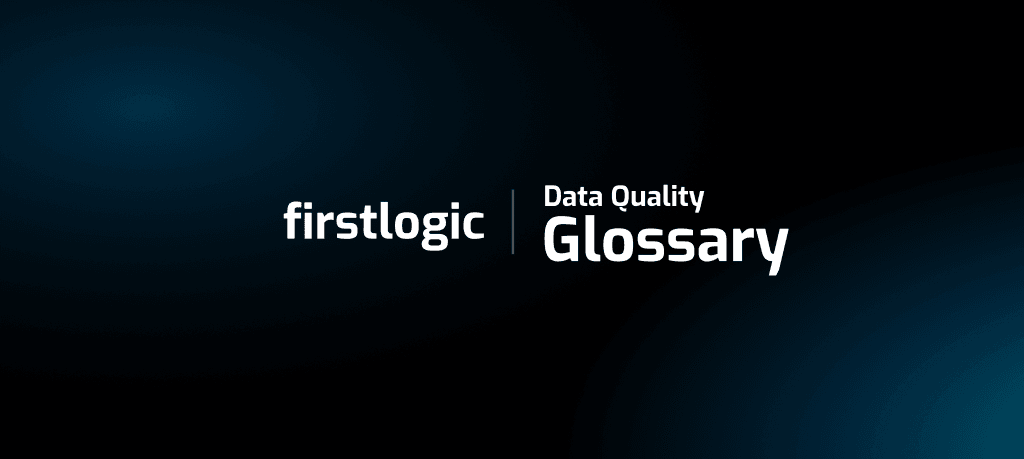Census Tracts are essential building blocks of American demographic data. They’re relatively small,
stable geographic areas defined by the United States Census Bureau, each with unique identifiers to
help researchers and policymakers track population dynamics and socioeconomic conditions over time.
The concept of Census Tracts dates back to early 20th-century efforts to systematically capture and
compare demographic shifts in urban areas, ultimately expanding to every county across the country.
Below, we dive deeper into what Census Tracts are, why they matter, and how they’re used in various fields,
from community planning to commercial market research.
What Are Census Tracts?
-
Definition: Census Tracts are subdivisions of counties (or county equivalents)
that typically contain between 1,200 and 8,000 people, with an average of around 4,000.
This population range ensures each tract is large enough to protect privacy yet small enough
to reflect real-world neighborhood characteristics. -
Origins & Evolution: Initially called “districts” in select metropolitan areas,
the Census Bureau standardized the term “Census Tract” to maintain consistent geographic units over time.
This stability allows for meaningful comparisons between censuses (every ten years). -
Boundaries: Tract boundaries often follow major roads, waterways, or other noticeable
landmarks, and they can also align with city limits, neighborhoods, or other administrative lines
when possible.
Why Are They Important?
-
Consistency Over Time:
Census Tracts tend to remain unchanged from one decade to the next, except when population
growth or other factors justify boundary modifications. This longevity and consistency make them
invaluable for longitudinal studies—tracking how an area evolves over ten, twenty, or even thirty years. -
Detailed Demographic Insights:
Because tracts represent relatively small areas, the data is granular enough to uncover significant
variations within a county or metropolitan region. This level of detail is particularly beneficial
when tackling local issues like housing shortages, healthcare disparities, or educational needs. -
Resource Allocation:
Federal, state, and local agencies often rely on tract-level data to make funding decisions.
Programs aimed at low-income communities or underserved populations can be more effectively deployed
when planners understand exactly where the needs are greatest.
How Census Tract Fields Are Used
-
Database Linking:
The unique “tract code” is commonly used to merge Census Tract-level data with other datasets.
A healthcare researcher might combine tract codes with hospital admissions data to see if certain
neighborhoods have higher incidences of specific conditions. -
Market Research & Site Selection:
Businesses leverage tract-level demographics (like median income, age distribution, or homeownership rates)
to identify ideal locations for retail stores, restaurants, or service centers. These insights help
companies tailor marketing strategies to local consumer profiles. -
Urban Planning & Zoning:
Local governments use Census Tract data to guide development plans. By analyzing residential density
and infrastructure needs within each tract, city planners can prioritize road repairs, new transit routes,
or park construction in the areas that need them most. -
Social & Academic Research:
Universities, nonprofits, and think tanks rely on tract-based data to study phenomena such as income
inequality, racial segregation, and health disparities, often helping shape policies and community interventions.
How to Access Census Tract Data
Researchers, analysts, and the general public can obtain Census Tract data for free through the Census Bureau’s
website. Data.census.gov (previously American FactFinder) is a popular portal that allows users to query by
specific tracts, compare multiple geographies, and download datasets for further analysis.
In addition to government sources, various data providers integrate Census Bureau data with proprietary tools
for mapping or analytics. These resources can streamline the process of visualizing or modeling large datasets
at the tract level.
Firstlogic’s Geocoding Solution
Census Tract data is also available as part of Firstlogic’s geocoding solution, enabling businesses and researchers to enrich location-based records with tract-level demographic and socioeconomic attributes. This integration can be particularly powerful for geospatial analytics, customer segmentation, and targeted service delivery.

What is a Core-Based Statistical Area?
Core-Based Statistical Area Definition A Core-Based Statistical Area (CBSA) is a geographic entity defined by the U.S. Office of Management and Budget (OMB) for purposes of statistical analysis and data reporting. The concept encompasses both metropolitan statistical areas (MSAs) and micropolitan statistical areas. MSAs are defined around urbanized areas with a population of at least […]

Understanding Project US@: The Role of Address Verification in Standardized Health Data
Introduction In the evolving landscape of healthcare data, standardization plays a crucial role in improving interoperability, reducing errors, and enhancing patient care. Project US@ (pronounced “Project USA”) is a national standardization initiative aimed at creating a unified approach to capturing, storing, and sharing patient addresses across healthcare systems. One of the key components in meeting […]
 Firstlogic Team
Firstlogic Team